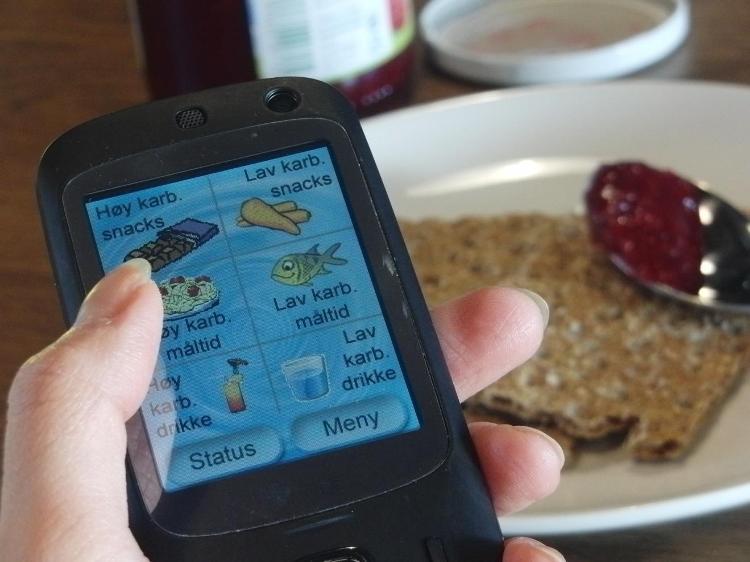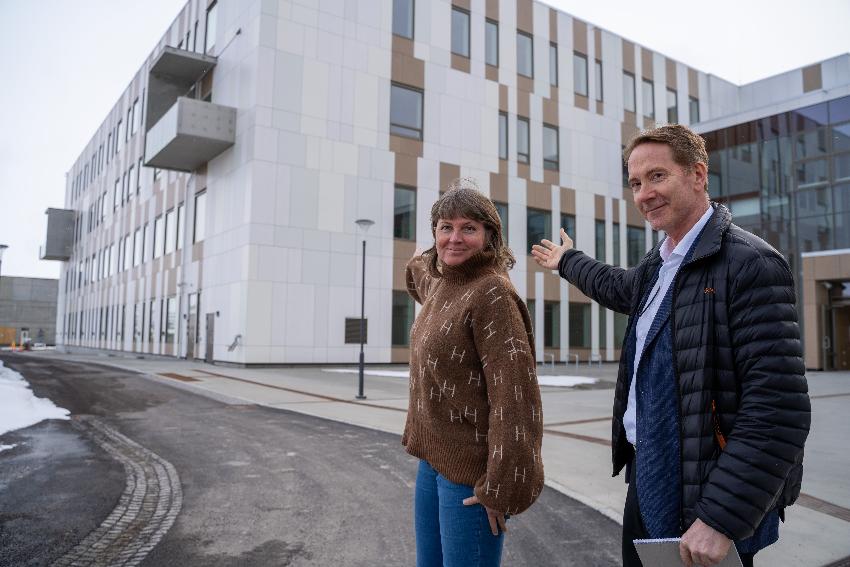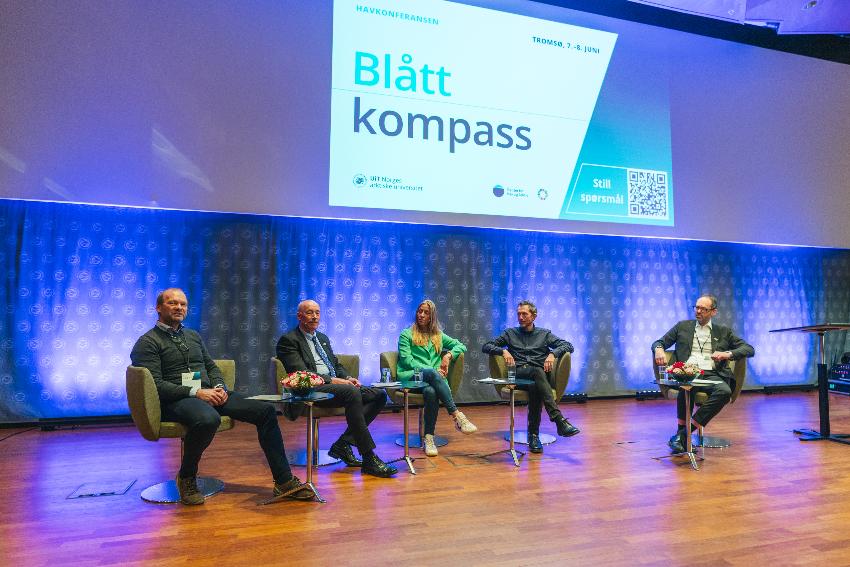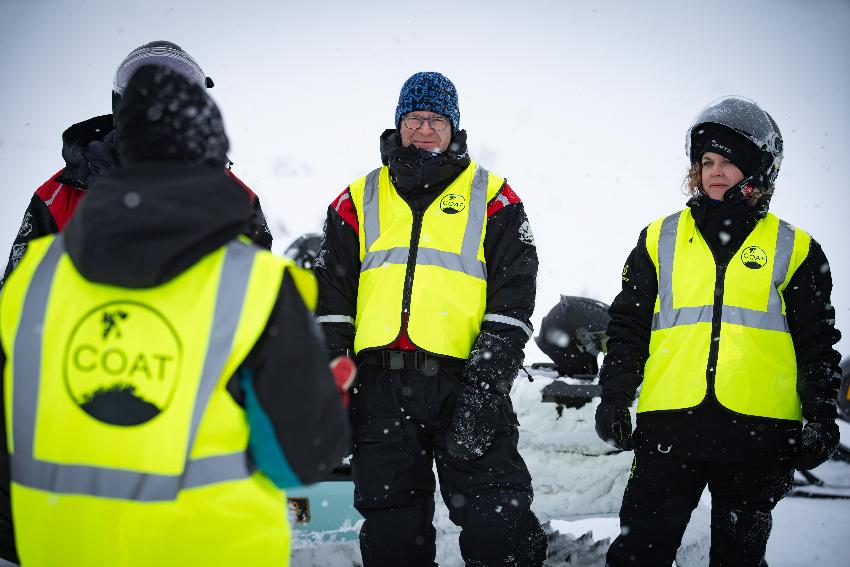Managing Type 2 diabetes using a mobile app
Globally, 8.3% of the adult population has diabetes, and 9 of 10 people with diabetes have type 2 diabetes. The expansion of mobile phone use has brought an increase in the number of apps using mobile health technology as a resource for self-management. But the effect of such mobile apps is not well documented. PhD candidate Naoe Tatara has taken a closer look at how mobile health technology can be developed and whether users are satisfied.
 |
| With the Diabetes Diary, the trial participants could transfer blood glucose readings directly from the meter to their phone. |
Self-management of illness
Although many mobile self-help tools have been introduced for a variety of diseases, few studies show how and why the technology as a whole – or parts of it – can actually contribute to self-management of illness.
“In this PhD project, I have worked with the development and design of a mobile app aimed at making better self-management possible for people with type 2 diabetes,” says Naoe Tatara.
In her study, she explored the use and perceptions of the mobile phone-based tool the “Few Touch Application”. Long-term testing of the application was conducted by involving two test groups with a diabetes diagnosis from Harstad and Tromsø respectively, each with 11 to 12
people. The group in Tromsø was involved in design of the application, while the group in Harstad would test the product’s usability.
Tatara wanted to find answers to several questions:
- How do people with type 2 diabetes (T2DM) want to use a mobile phone-based tool for self-help?
- Would the mobile app be experienced as user-friendly?
- Based on questions 1 and 2, how could the tool be optimized?
The Diabetes Diary
The app that was developed and tested was named the Diabetes Diary (“Diabetesdagboka” in Norwegian). With the Diabetes Diary, the trial participants could transfer blood glucose readings directly from the meter to their phone. Food intake and physical activity could also be recorded. One of the aims of the programme was that the participants could learn more about the best way to manage their diabetes in everyday life.
“Usage patterns and frequency varied widely from person to person depending on lifestyle, experience with IT tools and the severity of the disease,” Tatara explains.
“We found it was important to involve a representative sample of potential users to make it possible to create useful long-term solutions that could meet many different needs. At the same time, it was important to have a user-friendly interface that was fast and easy to handle.”
From Japan to Norway for the PhD programme
 |
Naoe Tatara graduated with a master’s degree from Keio University in Japan and then worked as a junior researcher at NTT Microsystem Integration Laboratories, Japan, before she moved to Norway to begin her research training. The research project was conducted at the Norwegian Centre for Integrated Care and Telemedicine (NST) at UNN, in collaboration with the Department of Computer Science at the University of Tromsø.
She defended her thesis on 28 February 2014. Her work was supervised by Gunnar Hartvigsen and had the following title: “Mixed methods research for understanding users’ long-term engagement with the Few Touch application for self-management of Type 2 diabetes mellitus.”




